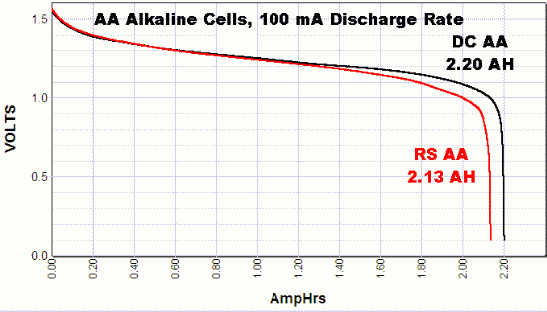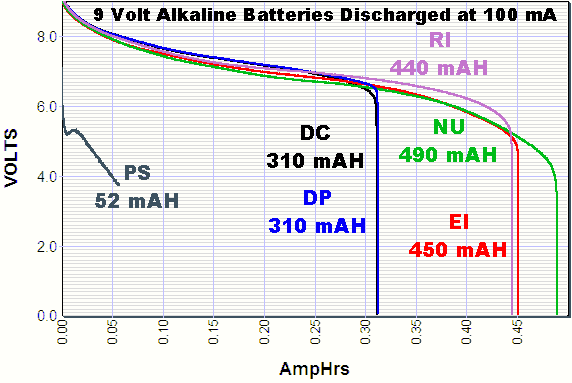The last time I did anything with electronics was to build a Mullard Stereo amplifier many many years ago! So bear with me. I need to power an LED torch (UV) for 12 hours.* It is currently powered by six 1.5 volt rechargeables which have a run life of three hours before dimming. I was hoping to use maybe a drill battery ( for Bosch/ deWalt) of 18 volts output and voltage split. Anyone got any suggestions how to do it or alternative method/s.
* It is for a moth trap.
* It is for a moth trap.


